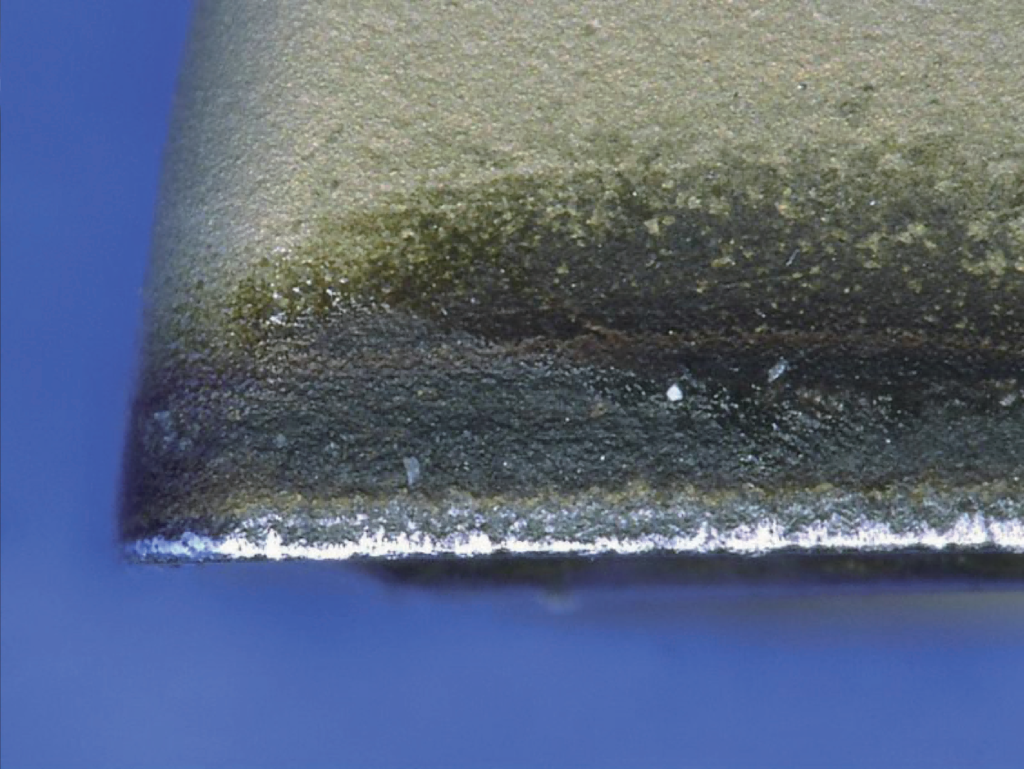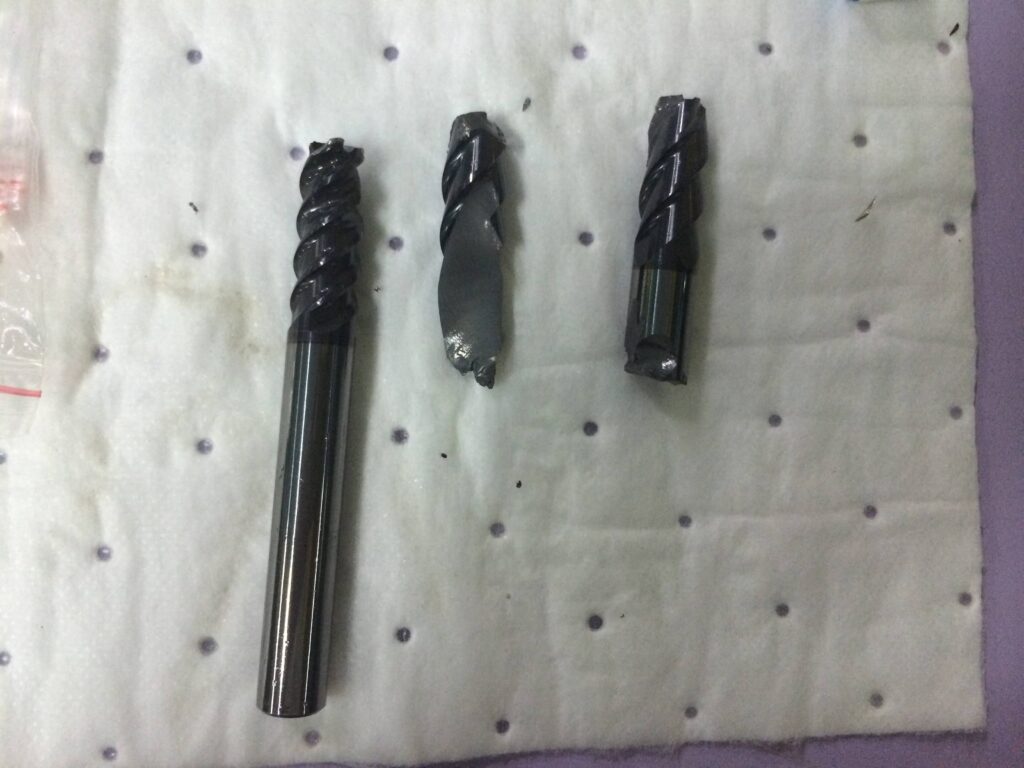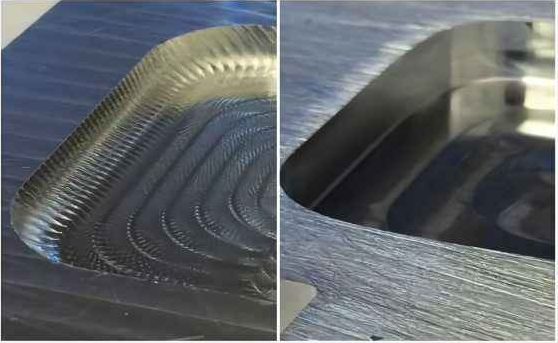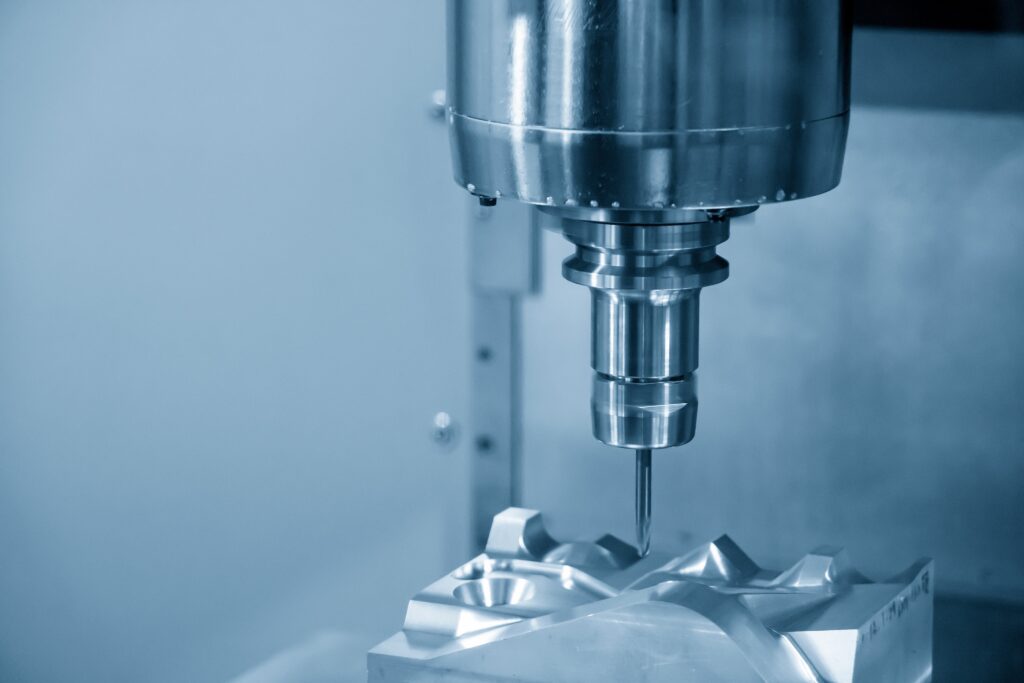Effective Milling Troubleshooting for Improved Performance and Efficiency
Introduction
Milling is a crucial process in the manufacturing industry, and troubleshooting common milling issues is essential for optimal machining performance. This comprehensive guide will discuss the causes and solutions for problems such as premature tool wear, end mill edge chipping, tool breakage, chip packing, chatter, burs, poor finish, and poor dimensional accuracy.
Premature Tool Wear
Premature tool wear is a common issue that machinists face. Causes include cutting speeds faster than recommended, abrasive materials, incorrect helix angles, and chip re-cutting. To address these issues, adjust cutting speeds and feeds according to manufacturer recommendations, use proper helix angle and coating, and ensure efficient chip removal.

End Mill Edge Chipping


Tool Breakage
Tool breakage can occur due to aggressive feed rates, excessive depths of cut, extreme tool overhang, and chip packing. To solve these issues, decrease feed rate and depths of cut, address tool overhang issues, adjust speeds and feeds to avoid chip packing, and regrind tools when necessary.
Chip Packing
Chip packing is a driver for tool breakage. It is caused by aggressive speeds and feeds, small flute gullets, and insufficient coolant volume and pressure. To avoid chip packing, consult the manufacturers’ speeds and feeds charts, use end mills with fewer flutes, and increase coolant volume and pressure for proper chip evacuation.
Chatter


Burs
Burs are common in machining and can be caused by incorrect speeds and feeds, dull end mill edges, and incorrect helix angles. To combat burs, adjust speeds and feeds, use a climb milling strategy, and choose the correct helix angle.
Poor Finish
A poor finish often leads to scrapped parts. Causes include aggressive feed rates, depths of cut, and tool wear. To ensure a good part finish, reduce feed rates and depths of cut, increase tool speed (RPM), and use a properly sharp or reground tool.
Poor Dimensional Accuracy
Accuracy of part dimensions is paramount to a machinist’s and shop’s success. Issues such as aggressive depths of cut, tool rigidity, and machine tool rigidity can cause inaccuracy. To improve dimensional accuracy, reduce depths of cut, address rigidity issues in the machine, tool, and fixtures, and use a tool with more flutes.
Conclusion
Identifying and addressing common milling issues is critical for achieving optimal machining performance and efficiency. By following the troubleshooting techniques discussed in this guide, machinists can improve their milling processes and achieve better results. Remember, understanding the problem is the first step towards finding the right solution.

By providing clear answers to common milling issues, this article aims to enhance user experience and help machinists achieve their goals efficiently. The tips and solutions provided here can be used as a handy reference for troubleshooting milling problems and achieving superior machining performance.